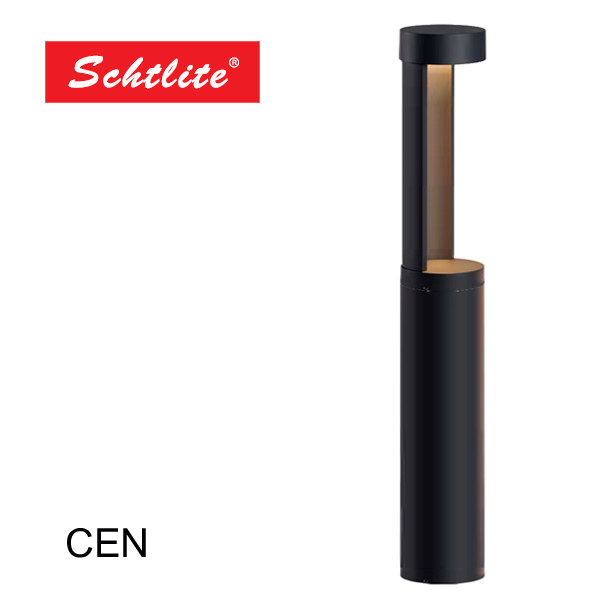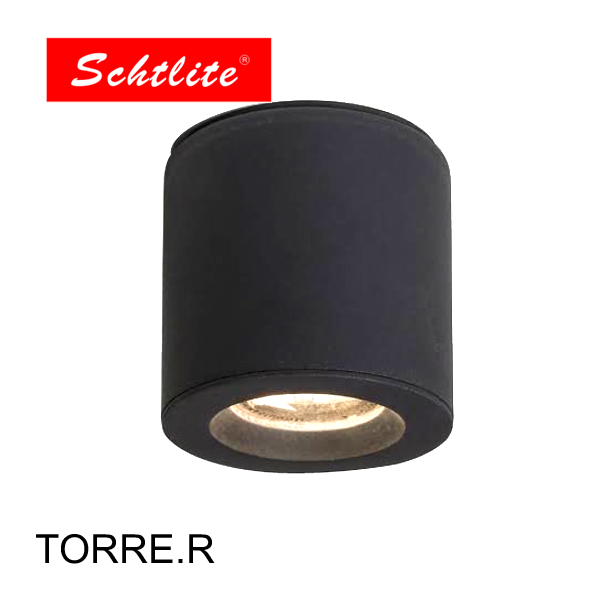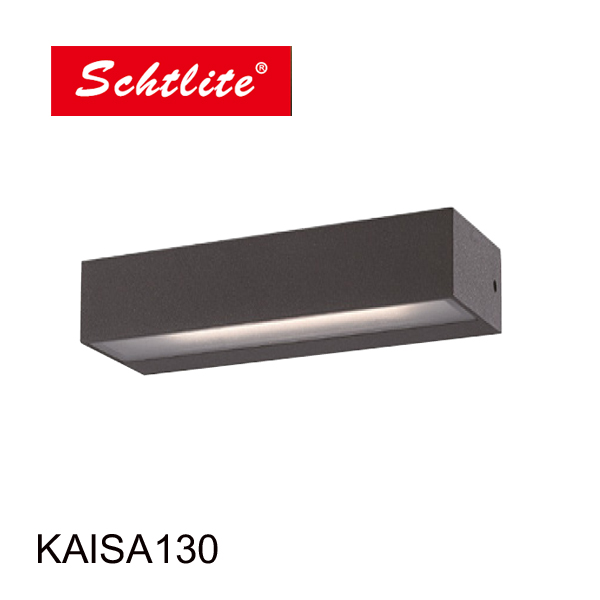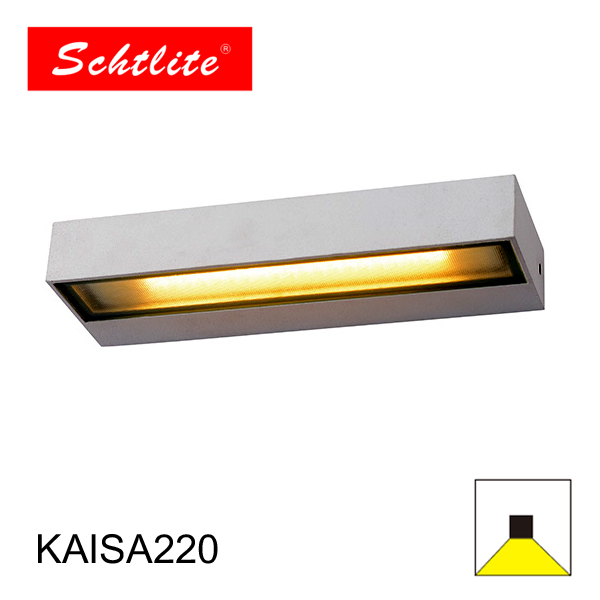Misunderstanding 1, the expectation of the actual service life is too high
LED manufacturers expect LED lifetimes to reach 100,000 hours MTBF (Mean Time Between Failure, the standard used by traditional luminaire manufacturers to measure the lifetime of light sources). However, like all basic light sources, the luminous flux lumens of LEDs also decay over time. So, while LEDs can shine for long periods of time, MTBF is not the only consideration in determining lifetime. The attenuation of LED lumens is affected by many environmental conditions such as ambient temperature, humidity and ventilation. Lumen decay is also affected by control, thermal management, current levels and many other electrical design considerations.
For some reason, many salesmen may provide some vague information to customers when selling LEDs, which may be misleading. For example, the service life of LEDs is about 100,000 hours. The 100,000 hours here refers to the manufacturer's expectation.
Lifetime of LEDs. However, as a light source for lighting, the brightness of the lamp has a process of gradually decaying and dimming (such as fluorescent lamps, energy-saving lamps), which is referred to as light decay. Therefore, consumers should pay attention to its light decay speed when purchasing LEDs, not the use time. Consumers should not have too high expectations on the actual service life.

Misunderstanding 2, regard the actual lighting angle as the effective angle
The light-emitting angle of LED is divided into effective angle and actual light-emitting angle. The luminous intensity value is half of the axial intensity value and the included angle between the luminous axis (normal direction) and the luminous axis is the effective angle. 2 times the half-value angle is the viewing angle (or the half-power angle) is the actual light-emitting angle. Angles other than half of the axial intensity are not counted as effective angles in practical applications because the light is too weak.
Therefore, consumers should pay attention to the actual light-emitting angle of the product when purchasing products. When calculating the number of products used in the project, the actual light-emitting angle shall prevail. The effective light-emitting angle can only be used as a reference value.
Misunderstanding 3, the higher the power, the higher the brightness
The brightness of LED is measured by luminous intensity. The luminous intensity refers to the luminous intensity in the direction of the normal (for cylindrical light-emitting tubes, it refers to its axis), that is, the luminous flux emitted by the unit solid angle, the unit is candle light (Candela,
cd). Because the luminous intensity of general LEDs is small, the luminous intensity is often used as a unit of millicandela (mcd). Generally speaking, a light source emits its luminous flux with different intensities in different directions. The visible light radiation intensity emitted by a unit solid angle in a specific direction is called light intensity, or axial brightness for short.
The concept of electric power is introduced from the amount of work done by the force in the same time. The faster the current does the work, the larger the electric power; the slower the current does the work, the smaller the electric power. On the LED, it is not that the greater the power, the higher the brightness of the product. Taking Yimei's three-lamp red LED as an example, when the axial brightness is 1200mcd, the current is 40ma and the power is 0.48W; under the same brightness, the three-lamp white LED is 18ma and the power is only 0.24W; it can be seen that The power of the two kinds of light at the same brightness is different. Therefore, consumers should pay attention to its axial brightness, not power, when purchasing LED lamps.







